On Mourning
 Today marks the day I've been away from my cat the longest, and in true macabre Charles Addams fashion, I thought I'd do a little something about the history of mourning. A few years ago I was in New York around the time of Halloween. I had always wanted to go to the Merchant House Museum, and yes, mainly to pretend I was in Upstairs Downstairs, seeing as the house still stands as it was back in the 19th century. But what was fortuitous was that for Halloween the house had an exhibit up on the traditions surrounding mourning in Victorian society. Because of Queen Victoria being in mourning for 40 years the Victorians developed some truly fascinating customs surrounding death, from proper behavior for women and men to clothing and even to bee keeping.
Today marks the day I've been away from my cat the longest, and in true macabre Charles Addams fashion, I thought I'd do a little something about the history of mourning. A few years ago I was in New York around the time of Halloween. I had always wanted to go to the Merchant House Museum, and yes, mainly to pretend I was in Upstairs Downstairs, seeing as the house still stands as it was back in the 19th century. But what was fortuitous was that for Halloween the house had an exhibit up on the traditions surrounding mourning in Victorian society. Because of Queen Victoria being in mourning for 40 years the Victorians developed some truly fascinating customs surrounding death, from proper behavior for women and men to clothing and even to bee keeping.
The behaviors that the bereaved were expected to participate in were delineated by your sex. Men only had to be in mourning a short amount of time, literally weeks with just a black crepe armband, so that they go off and marry again so their children wouldn't be motherless and they wouldn't be lonely. Whereas women were expected to be in mourning for two years! The first year and a day, they were in "full mourning" where you weren't allowed to mix in society and wore only black without ornamentation, the next nine months, called "second mourning," you were allowed some jewelry. The final three months you were in "half mourning" and could switch up your clothing with a little lavender and go round to your friends house and a few gatherings deemed socially appropriate. Of course this two years in mourning lead to a great demand for nice and fashionable widow's weeds, because if you are bereaved, at least look good. Also some women, like Victoria, chose to stay in mourning the rest of their lives, and what's the point of that if your clothes are hideous.
"Telling the Bees" is a tradition that is still practiced by some bee keeper's today. You had to tell your bees of the death immediately upon the passing of a family member. Sometimes there were elaborate bells you chimed as you walked out to the hives, but the important thing was that you went to them and whispered the name of the dead to them, and then tied a piece of black ribbon around the hive. If you did not do this the bees would swarm and leave. Also, oddly enough, this has been documented to happen. Other random, bizarre and disturbing facts of the day:
Other random, bizarre and disturbing facts of the day:
There were professional mourners, those provided by the undertaker to stand about and add an air of dignity. I believe Monty Python parodied this quite well.
If you were a suicide you were to be buried at a cross roads with a stake through your heart, to stop your ghost from wondering, but smacks of vampirism to me.
Who people were depended on length of mourning, sister, brother or child. You had to mourn children the least, probably due to infant mortality of the day, because then you might be in constant mourning.
People had a great fear of being buried alive, due in fact to several real incidences. In supposedly comes the inventor Bateson. Bateson is said to have invented a belfry, that was a small bell on the top of a coffin which had a rope attached to the deceased hand, so if you were in fact still alive, just go a ring it and up you come. There is a funny scene in the movie The Great Train Robbery dealing with this.
Corpses for medical research did not legally exist at this time and the "Resurrection Men" came in to fill the void. For two guineas a cadaver of a recently deceased person could be "obtained". If you were caught exhuming a body the punishment was seven years transportation. But if the other person on your person didn't have any clothes on you were usually let off because they didn't think you'd dug them up or were apparently smart enough to just leave the clothes behind. The movie The Doctor and the Devils written by Dylan Thomas deals with this.
Oh and lets not forget photography of the day! People rarely had money to spend on pictures, so when a loved one died, they usually spent money on a picture to remember them by. So yes, those are dead people in the pictures with your ancestors. Occasionally called Post Mortum Photographs.
For more interesting information of this time period, check out the book What Jane Austen Ate and Charles Dickens Knew: From Fox Hunting to Whist - The Facts of Daily Life in 19th-Century England by Daniel Pool




















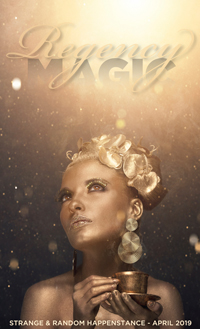
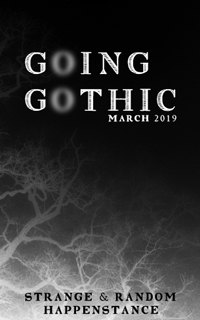
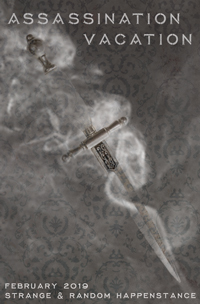
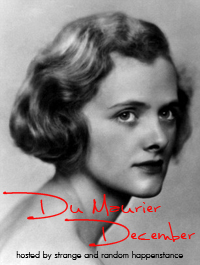
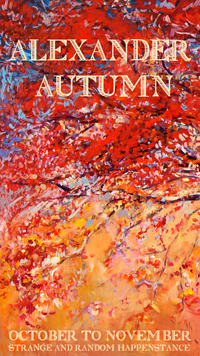
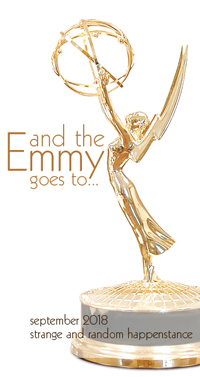

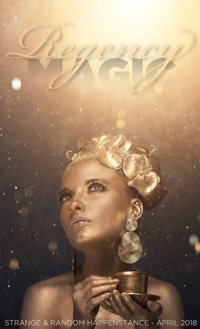


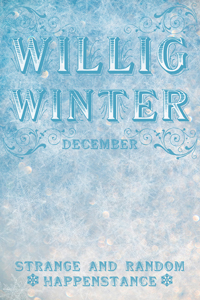

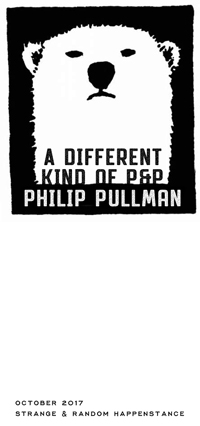


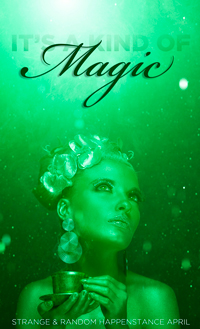
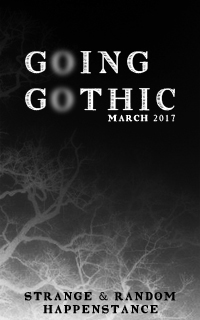

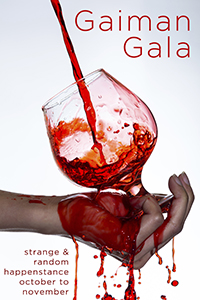
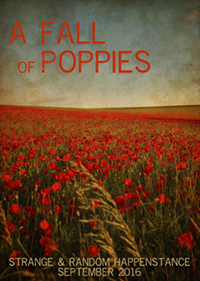

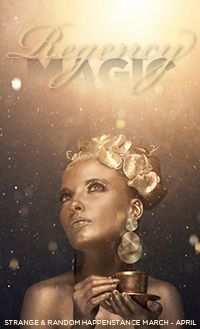

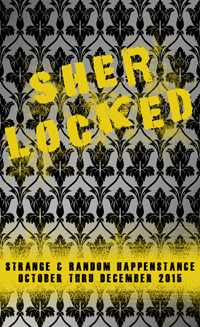
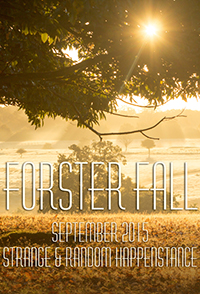
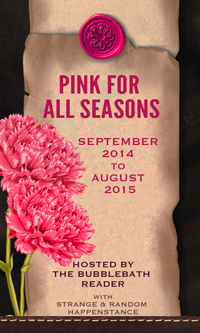
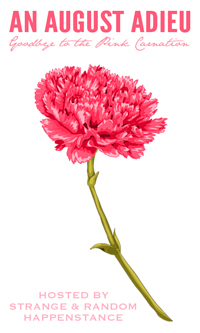

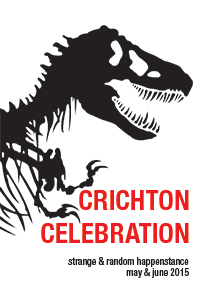


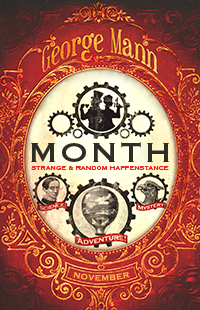


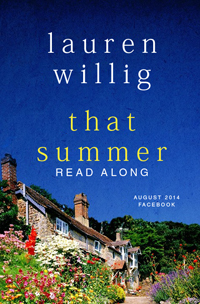


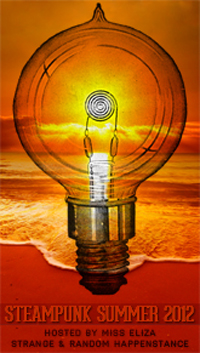
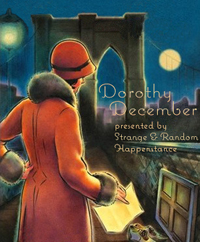





















Post a Comment